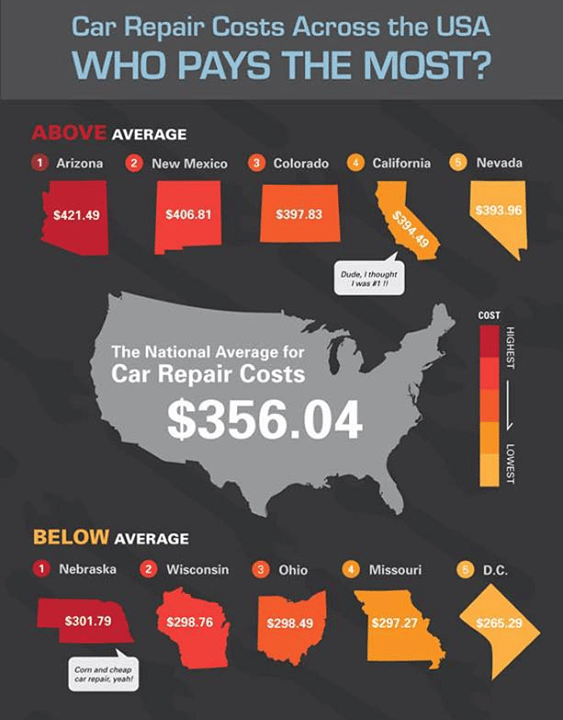Interpreting Your Car'S Alert Lighting: Their True Implications
Interpreting Your Car'S Alert Lighting: Their True Implications
Blog Article
Post By-Lauritsen Alvarado
When you're behind the wheel, those beautiful warning lights on your control panel can be a little bit bewildering. Do you understand what they're trying to tell you regarding your auto's wellness? Recognizing the importance of these lights is vital for your security and the durability of your vehicle. So, the following time among those lights pops up, wouldn't you intend to decipher its message properly and take the essential actions to resolve it?
Common Caution Lighting and Interpretations
Recognize common warning lights in your vehicle and comprehend their definitions to ensure risk-free driving.
The most normal warning lights consist of the check engine light, which indicates concerns with the engine or emissions system. If this light begins, it's vital to have your lorry examined quickly.
The oil pressure cautioning light shows reduced oil pressure, requiring instant attention to stop engine damages.
A flashing battery light might recommend a defective charging system, possibly leaving you stranded otherwise dealt with.
The tire stress surveillance system (TPMS) light signals you to reduced tire stress, influencing lorry stability and gas performance. Overlooking this can bring about hazardous driving conditions.
The abdominal muscle light indicates a problem with the anti-lock stopping system, jeopardizing your capacity to quit quickly in emergencies.
Last but not least, the coolant temperature level alerting light warns of engine getting too hot, which can cause severe damages otherwise solved promptly.
Comprehending these typical caution lights will certainly help you resolve problems quickly and maintain safe driving problems.
Significance of Prompt Focus
Recognizing the typical caution lights in your vehicle is just the first step; the significance of promptly addressing these cautions can not be emphasized enough to guarantee your safety on the road.
When car wash illuminates on your control panel, it's your car's means of connecting a potential issue that requires interest. Ignoring these cautions can result in extra extreme troubles in the future, compromising your security and potentially costing you a lot more out of commission.
Prompt interest to cautioning lights can stop break downs and crashes. For example, a flashing check engine light can show a misfire that, if left neglected, can trigger damages to the catalytic converter. Resolving https://paultan.org/2022/03/25/proton-spare-parts-shortage-fix-fast-moving-and-accident-repair-parts-to-be-stocked-up-by-end-of-june/ without delay can save you from a costly repair work.
Similarly, a brake system advising light may indicate reduced brake fluid or used brake pads, critical elements for your safety when driving.
DIY Troubleshooting Tips
If you discover a caution light on your dashboard, there are a few do it yourself troubleshooting ideas you can attempt before seeking specialist help.
https://daltonmhauo.ziblogs.com/31304578/discover-exactly-how-to-successfully-pick-the-ideal-automobile-service-center-with-these-10-expert-suggestions is to consult your vehicle's guidebook to recognize what the details warning light suggests. In some cases the problem can be as easy as a loose gas cap triggering the check engine light. Tightening up the gas cap may fix the issue.
best car valet auckland is a reduced battery, which can set off different alerting lights. Inspecting the battery links for rust and ensuring they're protected might deal with the problem.
If a caution light persists, you can attempt resetting it by detaching the cars and truck's battery for a couple of mins and then reconnecting it. Furthermore, inspecting your vehicle's fluid degrees, such as oil, coolant, and brake liquid, can aid troubleshoot advising lights connected to these systems.
Final thought
To conclude, understanding your auto's caution lights is necessary for keeping your automobile running smoothly and securely. By quickly addressing these signals and recognizing what they indicate, you can stay clear of expensive fixings and potential failures.
Keep in mind to consult your cars and truck's manual for particular details on each alerting light and take action appropriately to guarantee a hassle-free driving experience.
Stay notified, stay secure when traveling!
